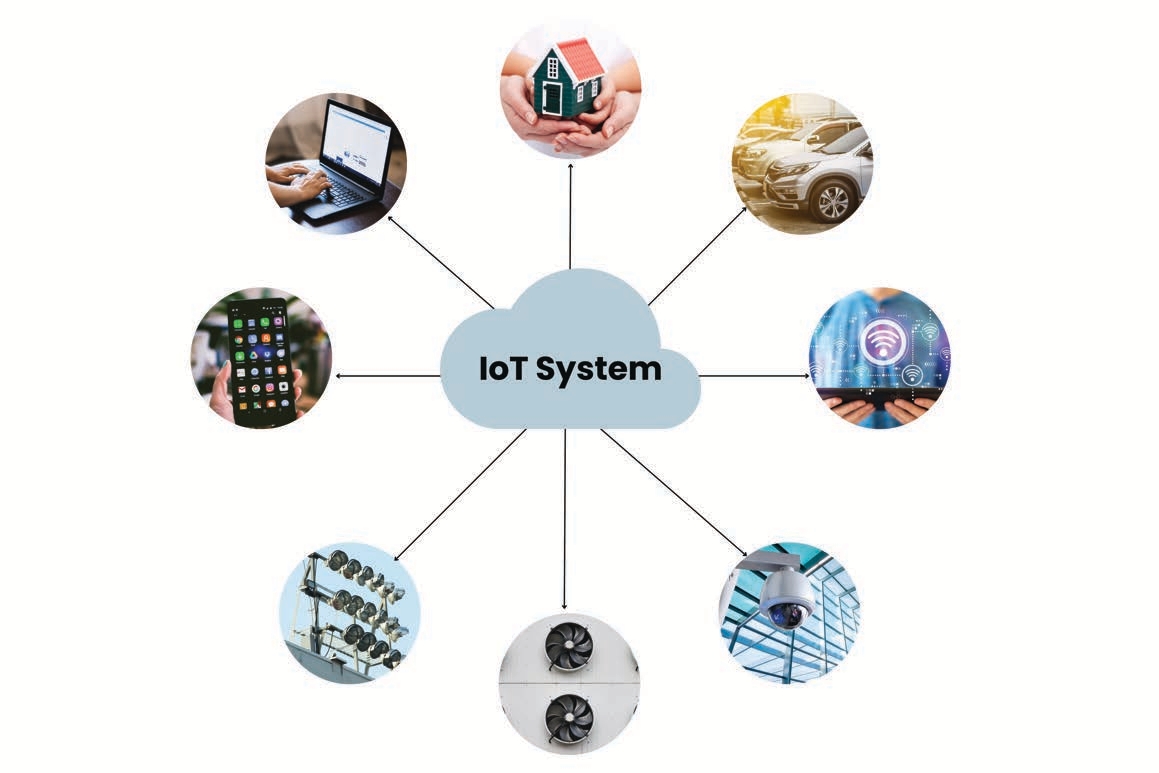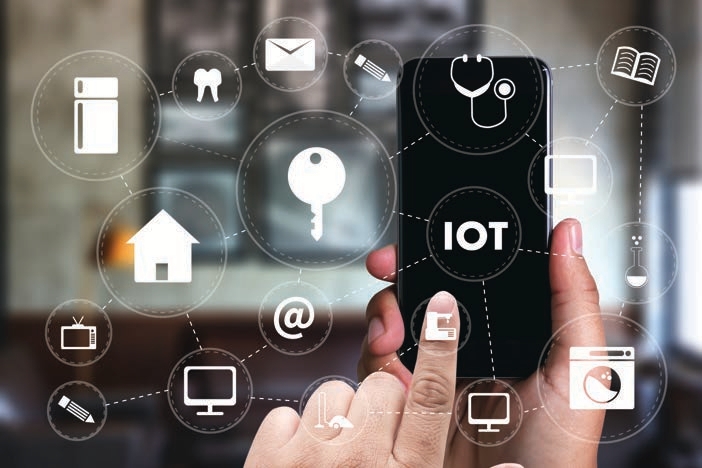The IoT System (Internet of Things) is a network of connected physical devices that communicate via the Internet to collect, exchange, and analyze data, enabling automation and optimization across various fields. For example, you can control lights and air conditioning remotely via your phone or receive alerts when unusual motion is detected at home.
When should it be implemented?
- Efficient management & monitoring: Remotely track assets, devices, and environments.
- Process optimization: Reduce errors and increase productivity in manufacturing.
- Enhanced service quality: Improve customer experience in healthcare, transportation, and energy.
- Smart system integration: Enable smart homes and smart cities.
Advantages
- Enhanced efficiency: Minimize errors and optimize operations.
- Remote monitoring & management: Control devices anytime, anywhere.
- Improved user experience: Smart, convenient services.
- Reduced operating costs: Minimize energy waste and optimize maintenance.
- Increased security: Early warnings for potential safety risks.

Features
- Connectivity & data exchange: Devices communicate via the Internet.
- Remote monitoring & management: Control devices through an app.
- Smart data analysis: Predict and optimize operations.
- High security: Protect data and privacy.
- Real-time response: Quick alerts and issue resolution.

Applications
- Transportation: Vehicle tracking, route optimization, and smart parking management.
- Smart buildings: Manage lighting, air conditioning, and automated irrigation systems.
- Healthcare: Remote health monitoring, medicine cabinet tracking, and patient support.
- Retail: Inventory management and enhanced customer experience.
- Security: Smart cameras analyze images and detect potential threats.
- Factories: Monitor machinery and automate maintenance planning.
- Education: Create smart learning environments and enhance security.
